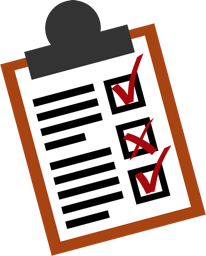
Director: Eric R. Dahlen, Ph.D.
Developing a Measure of Relational Aggression
01/08/15 Aggression

Our new measure aims to assess general/peer relational aggression and romantic relation aggression on separate scales and to permit each type of relational aggression to be divided into proactive and reactive functions. For example, a relational aggressive behavior like spreading a malicious rumor about a friend behind his or her back could be proactive (i.e., unprovoked, planned, done for gain) or reactive (i.e., done out of anger or in response to provocation, unplanned, impulsive). We also included items designed to measure electronic forms of relational aggression, a dimension important to college students but not found in existing measures.
Instrument development is usually a length and complex endeavor. We started by conducting a literature review in order to make sure we had a clear definition of relational aggression. We then developed an initial item set on the basis of focus groups with college students and a review of existing measures appropriate to either adolescents or adults. The focus groups were especially useful because they revealed some important limitations of existing measures and provided us with ideas for relevant content that had not occurred to us. After several rounds of revising items, we submitted our item set to several experts on relational aggression. We revised the item set again based on the input of the expert reviewers. Now we are close to completing the step of administering the new items along with a few existing measures of relational aggression and related constructs to a large sample of college students. This will allow us to examine the factor structure of the item set, reduce the number of items while maximizing reliability, and examine the concurrent and discriminant validity of the resulting measure.
While we hope to complete this phase of the project this semester, many additional steps will remain. In fact, we are planning for the next few steps to be carried out as Caitlin Clark's dissertation. We will be at this project for awhile, but we hope to end up with a measure that has some useful advantages over the option currently available.
